Crash Course Neurology 5th Edition
Crash Course Neurology Fifth Edition:
Crash Course – your effective every-day study companion PLUS the perfect antidote for exam stress! Save time and be assured you have the essential information you need in one place to excel on your course and achieve exam success.
A winning formula now for over 20 years, each series volume has been fine-tuned and fully updated – with an improved full-colour layout tailored to make your life easier. Especially written by senior students or junior doctors – those who understand what is essential for exam success – with all information thoroughly checked and quality assured by expert Faculty Advisers, the result are books which exactly meet your needs and you know you can trust.
Each chapter guides you succinctly through the full range of curriculum topics, integrating clinical considerations with the relevant basic science and avoiding unnecessary or confusing detail. A range of text boxes help you get to the hints, tips and key points you need fast! A fully revised self-assessment section matching the latest exam formats is included to check your understanding and aid exam preparation. The accompanying enhanced, downloadable eBook completes this invaluable learning package.
Series volumes have been honed to meet the requirements of today’s medical students, although the range of other health students and professionals who need rapid access to the essentials of neurology will also love the unique approach of Crash Course. Whether you need to get out of a fix or aim for a distinction Crash Course is for you!
- Provides the exam syllabus in one place – saves valuable revision time
- Written by senior students and recent graduates – those closest to what is essential for exam success
- Quality assured by leading Faculty Advisors – ensures complete accuracy of information
- Features the ever popular ‘Hints and Tips’ boxes and other useful aide-mémoires – distilled wisdom from those in the know
- Updated self-assessment section matching the latest exam formats – confirm your understanding and improve exam technique fast
Additional ISBNs:
∗ eText ISBN: 0702073814, 9780702073816, 9780702073816
- See additional information on the Amazon.
More Details
Section 1: History, Examination and Common Investigations
1: Taking a history
Structure of the history
2: The neurological examination
Mental state and higher cerebral functions
Speech
Gait
Cranial nerves
The motor system
The sensory system
General examination
3: Further investigations
Routine investigations
Neurophysiological investigations
Imaging of the nervous system
Section 2: The Patient Presents With
4: Disturbances of consciousness
Transient loss of consciousness
Coma
Causes of persistent disturbance of consciousness
Brainstem death
5: Disorders of higher cerebral function
Frontal lobe
Parietal lobe
Temporal lobe
Occipital lobe
6: Headache
Incidence
History
Examination
Migraine
Management
Cluster headache
Other neurological causes of headache and craniofacial pain
Nonneurological
7: Disorders of smell and taste
Differential diagnosis
Examination
Investigations
8: Visual impairment
Anatomical path of light stimulation
Blood supply to the visual pathway
Clinical features to aid localization of a lesion
Differential diagnosis of visual loss
9: Disorders of the pupils and eye movements
Pupillary reflexes
Differential diagnosis of pupil disorders
10: Facial sensory loss and weakness
The trigeminal nerve
Differential diagnosis of facial sensory loss
Facial nerve
11: Deafness, tinnitus, dizziness and vertigo
Deafness and tinnitus
The auditory system
Differential diagnosis of deafness
The vestibular system
12: Dysarthria, dysphonia and dysphagia
Definitions
Dysarthria
Dysphagia
Dysphonia
13: Cerebellar dysfunction
Clinical features of cerebellar dysfunction
Localization of a cerebellar lesion
14: Movement disorders
Anatomical basis and classification of movement disorders
The hyperkinetic movement disorders: tremor and dystonia
Hyperkinetic movement disorders: chorea, tics and myoclonus
15: Limb weakness
Neuroanatomy
Upper motor neurone weakness
Upper motor neurone syndromes
Lower motor neurone weakness
Lower motor neurone syndromes
Disorders of the neuromuscular junction
Myopathy
16: Limb sensory symptoms
Dorsal (posterior) column pathway
Spinothalamic pathway
Sensory syndromes
17: Disorders of gait
Practical approach to the assessment of gait
Differential diagnosis of gait disorders
Section 3: Diseases and Disorders
18: Dementia
Definition
Differential diagnoses
Epidemiology
General clinical features
Examination
Investigations
Management
Primary neurodegenerative dementias
19: Epilepsy
Definitions
Epidemiology
Aetiology
Clinical features
History and investigations to aid diagnosis
Differential diagnoses
Drug treatment
Status epilepticus
Neurosurgical treatment of epilepsy
Mortality of epilepsy
Driving and epilepsy
20: Parkinson disease and other extrapyramidal disorders
Akinetic–rigid syndromes
Neuroleptic-induced movement disorders
Restless leg syndrome
21: Diseases affecting the spinal cord (myelopathy)
Anatomy
The clinical syndromes of spinal cord disease
Causes of spinal cord disease
22: Motor neurone disease
Types and clinical features of motor neurone disease
Pathogenesis
Differential diagnosis
Diagnosis
Treatment
23: Radiculopathy and plexopathy
Anatomy
Radiculopathy (spinal nerve root lesions)
Plexopathies
24: Disorders of the peripheral nerves
Anatomy
Definitions of neuropathies
Neuropathy symptoms
Investigation of peripheral neuropathy
Specific neuropathies
25: Disorders of the neuromuscular junction
Myasthenia gravis
Lambert–Eaton myasthenic syndrome
Other myasthenic syndromes
Botulinum toxin
26: Disorders of skeletal muscle
Anatomy
Clinical features of muscle disease (myopathy)
Investigation of muscle disease
Specific diseases
27: Vascular diseases of the nervous system
Cerebrovascular disease
Cerebrovascular involvement in vasculitis
Intracranial haemorrhage
Cerebral venous thrombosis
Dissection
Vascular disease of the spinal cord
28: Neuro-oncology
Types of intracranial tumour
Clinical features of intracranial tumours
Investigations
Treatment
Prognosis
Neurological complications of cancer
29: Infections of the nervous system
General conditions
Specific organisms and their associated diseases
30: Multiple sclerosis
Epidemiology
Pathogenesis
Pathology
Clinical features
Differential diagnosis
Investigations
Diagnosis
Management
Other central demyelinating diseases
31: The effects of vitamin deficiencies and toxins on the nervous system
Vitamin deficiencies
Toxins
32: Autoimmune conditions affecting the nervous system
Introduction
Antibody-mediated encephalitis
Antibodies targeting the peripheral nervous system
Antibodies targeting muscle
33: Hereditary conditions affecting the nervous system
The neurocutaneous syndromes
Hereditary ataxias
Inborn errors of metabolism
Single best answer (SBA) questions
Chapter 3 Further investigations
Chapter 4 Disturbances of consciousness
Chapter 5 Disorders of higher cerebral function
Chapter 6 Headache
Chapter 8 Visual impairment
Chapter 9 Disorders of the pupils and eye movements
Chapter 10 Facial sensory loss and weakness
Chapter 11 Deafness, tinnitus, dizziness and vertigo
Chapter 12 Dysarthria, dysphonia and dysphagia
Chapter 14 Movement disorders
Chapter 15 Limb weakness
Chapter 16 Limb sensory symptoms
Chapter 17 Disorders of gait
Chapter 18 Dementia
Chapter 19 Epilepsy
Chapter 20 Parkinson disease and other extrapyramidal disorders
Chapter 21 Diseases affecting the spinal cord (myelopathy)
Chapter 23 Radiculopathy and plexopathy
Chapter 24 Disorders of the peripheral nerves
Chapter 25 Disorders of the neuromuscular junction
Chapter 26 Disorders of skeletal muscle
Chapter 27 Vascular diseases of the nervous system
Chapter 29 Infections of the nervous system
Chapter 30 Multiple sclerosis
Chapter 33 Hereditary conditions affecting the nervous system
Extended-matching questions (EMQs)
SBA answers
Chapter 3 Further investigations
Chapter 4 Disturbances of consciousness
Chapter 5 Disorders of higher cerebral function
Chapter 6 Headache
Chapter 8 Visual impairment
Chapter 9 Disorders of the pupils and eye movements
Chapter 10 Facial sensory loss and weakness
Chapter 11 Deafness, tinnitus, dizziness and vertigo
Chapter 12 Dysarthria, dysphonia and dysphagia
Chapter 14 Movement disorders
Chapter 15 Limb weakness
Chapter 16 Limb sensory symptoms
Chapter 17 Disorders of gait
Chapter 18 Dementia
Chapter 19 Epilepsy
Chapter 20 Parkinson disease and other extrapyramidal disorders
Chapter 21 Diseases affecting the spinal cord (myelopathy)
Chapter 23 Radiculopathy and plexopathy
Chapter 24 Disorders of the peripheral nerves
Chapter 25 Disorders of the neuromuscular junction
Chapter 26 Disorders of skeletal muscle
Chapter 27 Vascular diseases of the nervous system
Chapter 29 Infections of the nervous system
Chapter 30 Multiple sclerosis
Chapter 33 Hereditary conditions affecting the nervous system
EMQ answers
Glossary
Index


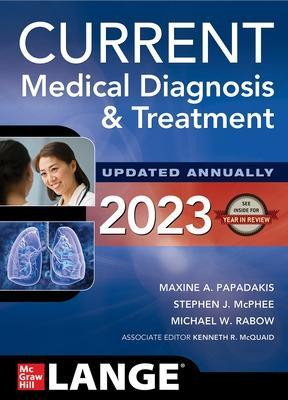
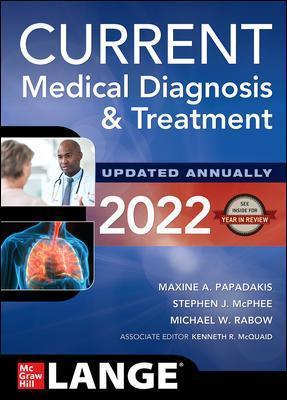
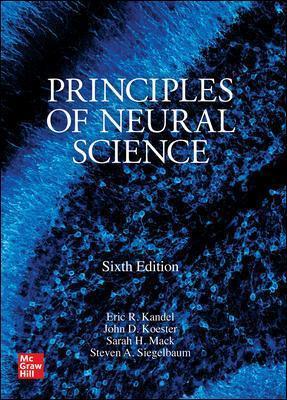

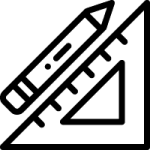



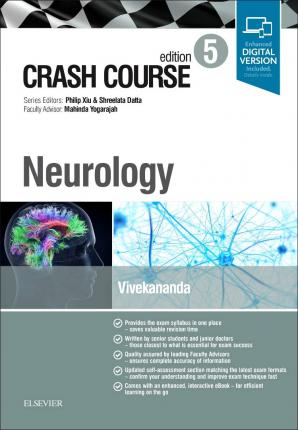

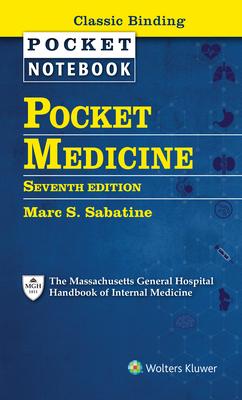


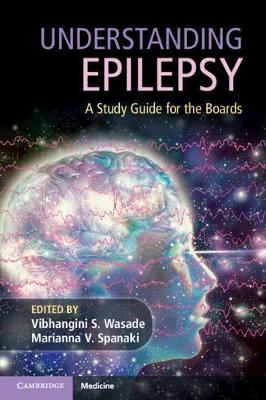
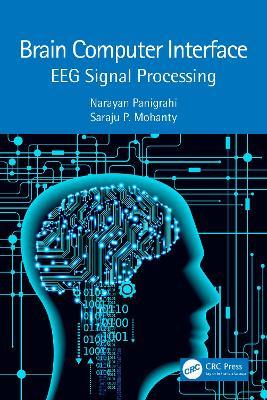
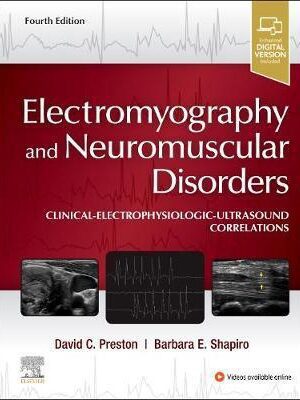
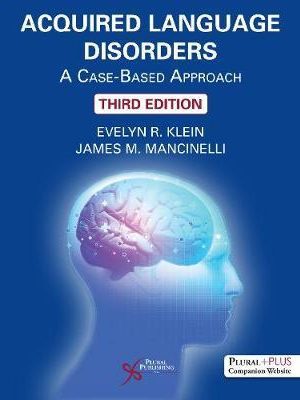
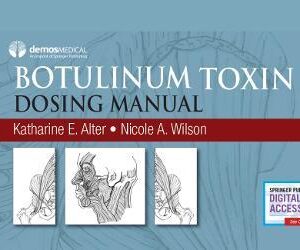

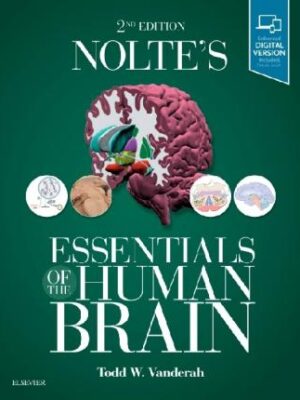


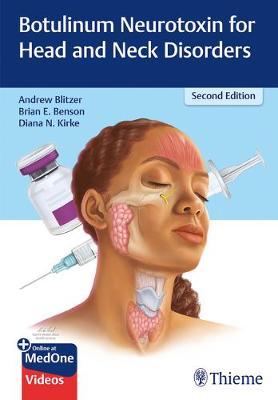
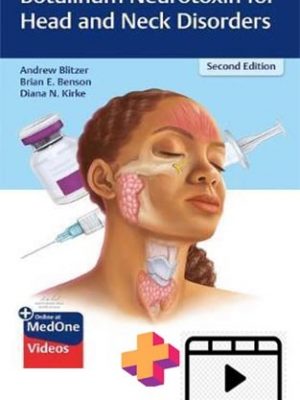
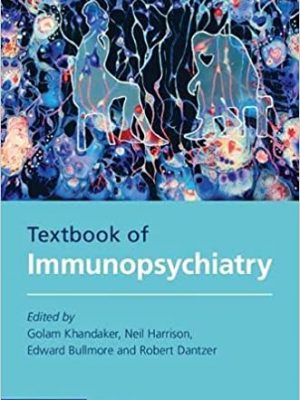
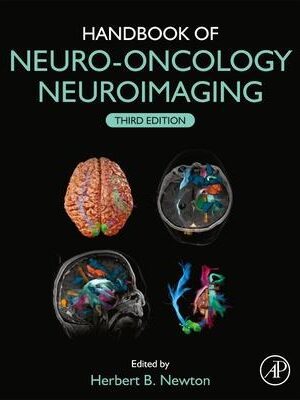
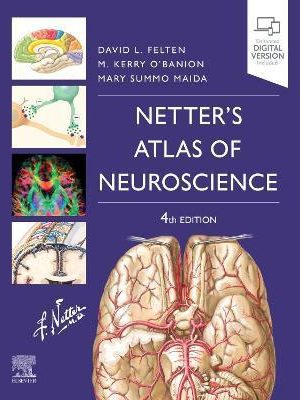

 Dentistry
Dentistry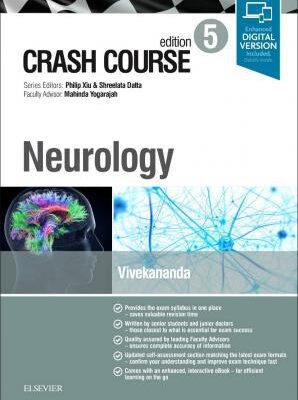
Reviews
There are no reviews yet.